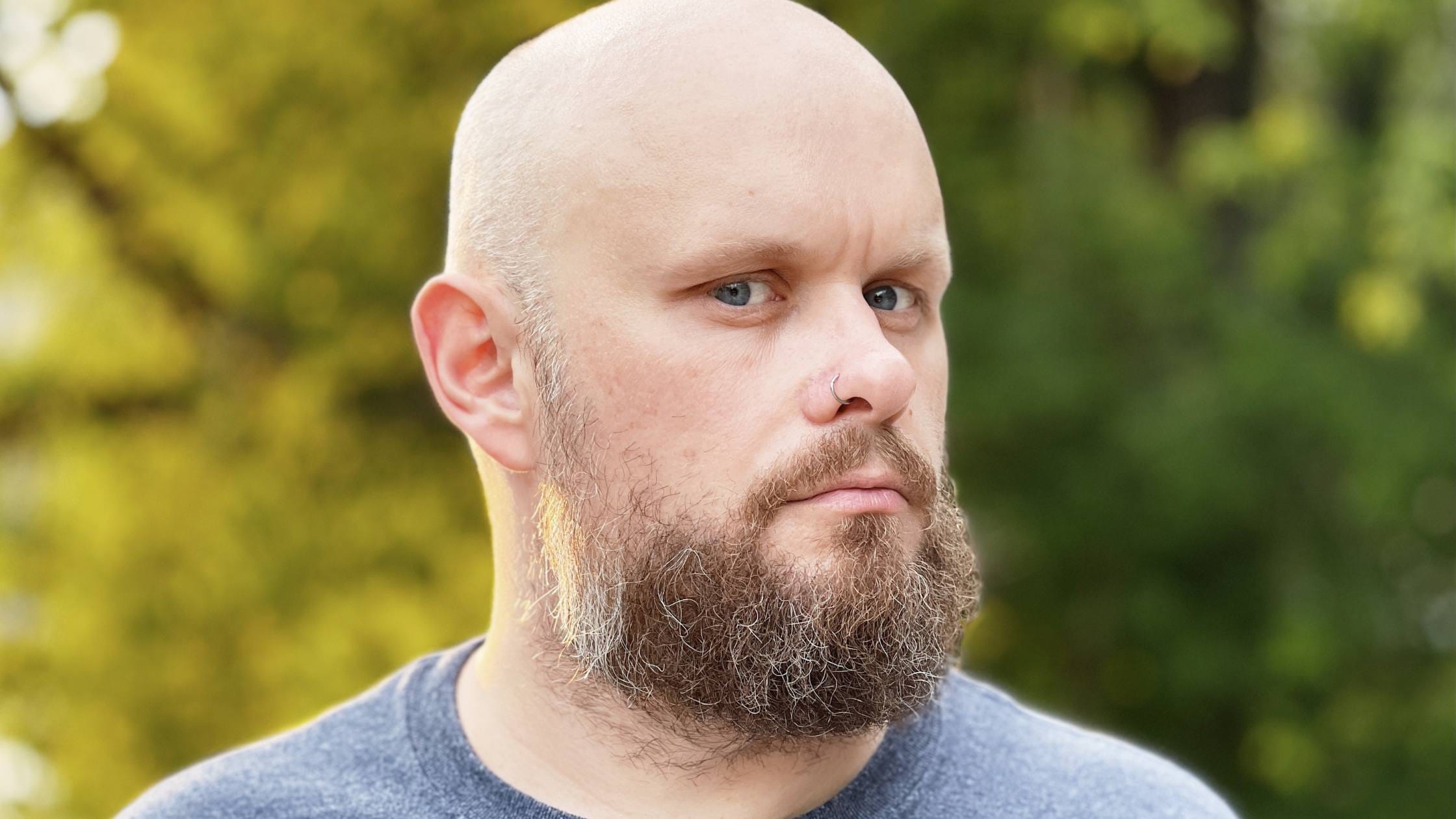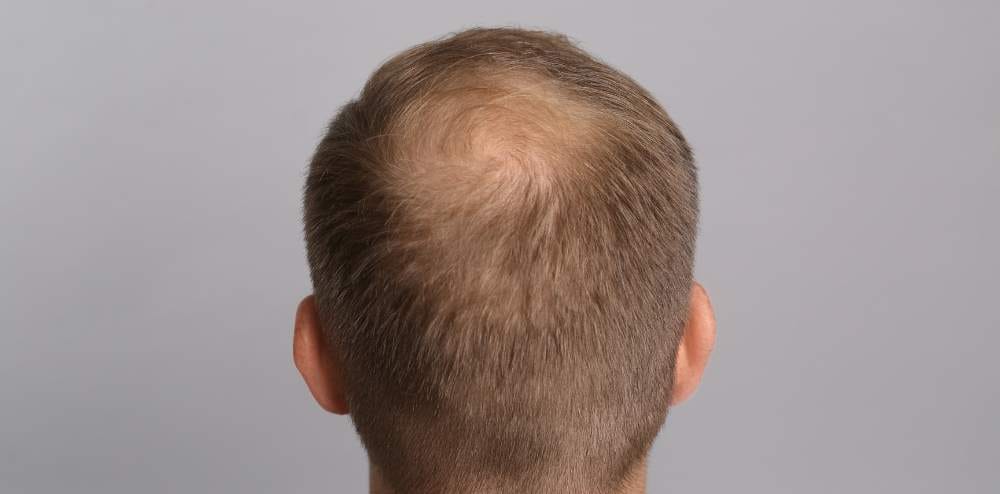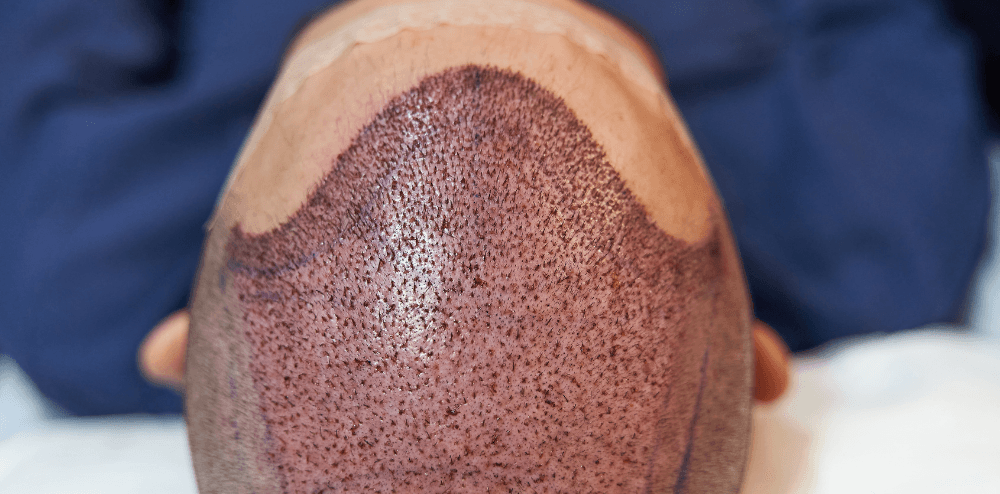Baldness hass become a common problem and hair transplant procedures have been encouraged as they are safe, natural and permanent. But what exactly occur during the process and how does it occurs? Learning about the basic concepts concerning hair transplant surgery may make it easier to explain why the surgery work best in growing hair.
Understanding Hair Growth and Hair Loss
To fully comprehend hair growth and hair loss we need to look at what hair is and where it comes from.
Before profiling what it means to get a hair transplant, then, one must first understand how hair actually grows. And hair follicle has three phases which include anagen, telogen, and exogen phase. But because of the genetic predisposition, hormones (particularly DHT which is a spinoff of testosterone), aging and even stress, the hair roots may become affected and stop producing hair. This results to either thinning or total loss of hair, a condition that affects mostly men with pattern baldness or ladies with receding hairline.
The Basics of Hair Transplant Surgery
Hair transplant surgery is believed that when we lose our hair not all hair follicles are effected in the same manner. Generally hair from the back and side of the head, referred to as the donor area, does not shed off due to influence from DHT hormones responsible for hair loss. The body has partially resistant follicles play a crucial role in the success of a transplant.
In hair restoration surgery, the hair transplant surgeon moves skin containing hair follicles from the donor zone to regions of thinning hair or baldness, known as the recipient region. These transplanted follicles are capable of growing hair in the new location even carrying with them genetic ability to resist hair loss.
FUE vs. DHI: Two Modern Hair Transplant Techniques
Basically, two hair transplantation methods are in vogue: FUE and Direct Hair Implantation.
Among the most applied methods, great attention deserves FUE, presupposing the individual extraction of hair follicles from the donor site with the help of a special tool, followed by small incisions at the recipient site, into which the follicles are placed. The described technique gives minor scarring and permits a faster recovery afterwards. It allows versatility, making it ideal for large transplant surfaces and providing good results in hairline modelling.
DHI is a newer development, adding precision in the implantation stage to the FUE approach. Following extraction, in DHI, follicles are implanted directly into the scalp using a tool called a Choi pen, without previously making any incisions into the scalp. With this, the placing can be done in a more detailed manner with accuracy in placement and angle, leading to a denser but more natural result. It is especially ideal for small areas, like refining the hairline or adding density to particular zones.
The Growth Process After Transplant
After surgery, all the hair follicles enter “shock loss,” a period during which transplanted hair can fall out. This, however, is quite normal for the post-surgical phase. Within the ensuing months, the transplanted follicles begin to grow new hair. The hair growth is soft and natural; this generally reaches a peak within 12-18 months after surgery.
Why Hair Transplants Work
The scientific basis for hair transplant procedures is essentially based on the fact that the transplanted hair follicles retain their inherent characteristics. Since these come from portions of the scalp that are genetically resistant to hair loss, they tend to keep on growing just like they used to in their original location. To put it another way, hair transplantation can be long-lasting and natural-looking and, at the same time, give people an opportunity to have full, thick hair once more.
This surgical procedure restores hair loss conditions by utilising some hair follicles’ resistant nature. Once one understands exactly how it works, one can appreciate why the method is so effective in providing permanent, natural-appearing hair.







